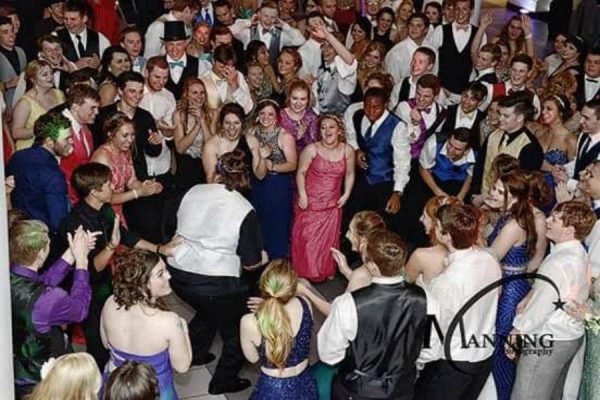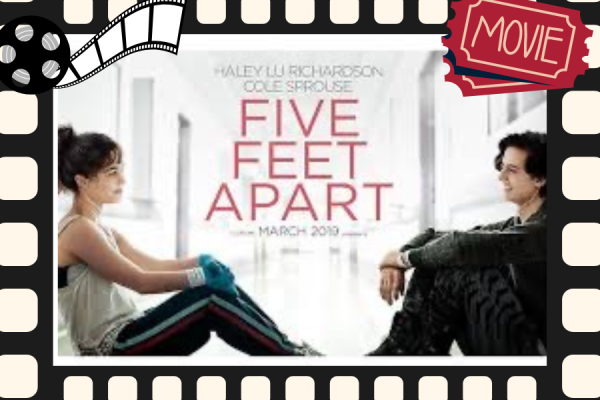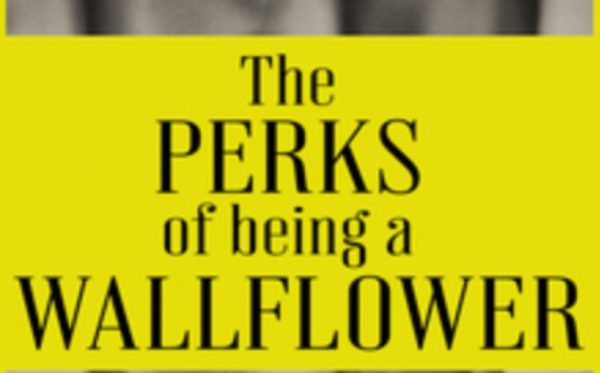ALBUM REVIEW: Led Zeppelin III
Find out about the classic Zeppelin album, Led Zeppelin III.
On October 5, 1970, the band Led Zeppelin released its third studio album, Led Zeppelin III. Produced mainly by lead guitarist Jimmy Page, this album was released in response to criticism from the media that they had only one sound in all of their music.
Prior to the release of this album, Led Zeppelin put out two of the most listened-to and influential rock albums ever. But, there was one problem – most of the songs on those albums consisted of a hard rock sound. Songs like Good Times Bad Times, Communication Breakdown, Whole Lotta Love, and Heartbreaker were the main songs people associated them with, and they are all high tempo, hard hitting songs. So Page and lead singer Robert Plant were done with hearing all of the doubt and they set off to prove them wrong.
Contrary to their other albums where they recorded and wrote them in their studio, Plant and Page visited a cottage in Wales, in a place called Bron-Yr-Aur. The duo was inspired by the beautiful countryside, which influenced them for their folk and country styled songs.
The hype for Zeppelin’s third album was trough the roof, and they delivered. Upon release it was an immediate commercial successs and topped the UK and US charts. Although critics were initially confused at the change in musical style, there were many great reviews and this album was a major turning point for the band and its music moving forward.
A first look at the album is an odd one. The album cover consists of a surreal collection of seemingly random images on a white background, many of them connected thematically with flight or aviation. It was designed by one of Jimmy Page’s friends, Zacron, a multi media artist at the Kingston College of Art. In 1970 Page contracted him to create their third album.
Track 1: Immigrant Song
This album starts off strong with one of the most recognizable guitar riffs and starts to a song ever. While the rest of this album stands strong with the folk/country genre, this song really reminds me of the roots of Led Zeppelin. It is very popular within cinema where it features in movies like Thor, School of Rock, and even Shrek. This song is a timeless classic and will be heard for years to come.
Track 2: Friends
I believe Friends is the weakest song on the album. Jimmy Page and John Paul Jones goal for this sound was to use an alternate guitar tuning to have an Indian sound. But, instead of getting a person who really understands how to play that kind of music, Page elected to play it himself. Something about the song feels off, whether its Robert Plants vocals with the odd guitar or just the guitar playing itself, it just doesn’t compare to how well done other songs are off of this album.
Track 3: Celebration Day
Celebration Day is the first track on here that I feel shows their diversity and completed what their goal was for the album. The song starts with an unease guitar riff from Jimmy Page where he used his iconic Gibson double-necked guitar. Prior to production, Page actually made three different guitar riffs and he then layered them together to make a sound that was never really heard during their time. Shortly after the guitar comes in, Robert Plant comes in with his strong vocals and takes over the song. In the song Plant sings about his first impression of New York. On their U.S. tour the band would sometimes introduce this song as, “The New York Song.” This song was almost cut from the album due to a studio oversight where an engineer erased a few bars from John Bonhams drum track. But luckily, Bonham just redid it.
Track 4: Since I’ve Been Loving You
This song slows the album down after just coming off Celebration Day and was one of the first songs Zeppelin prepared for the album. This is the first blues track on the album and was almost placed on Led Zeppelin II. Although Plants vocals were amazing on this and he claims that it was one of the hardest songs he has had to sing, I feel like the instruments took over. This song is dominated by John Paul Jones and the Hammond organ that he played. Instead of using his bass guitar, he used the bass pedals. John Bonham used his iconic Ludwig Speed King Model 201 kick drum that would squeak while playing, which earned him the name, “Squeak King.” This song also includes what I think is the best guitar solo on the album. Page took it right from the style he used from his prior band, The Yardbirds. This track was recorded completely live in the studio and was nearly 8 minutes of pretty much raw playing with little editing.
Track 5: Out on the Tiles
Out on the Tiles is another song that reverts back to their old style. This song was written by Page, Bonham, and Plant and it referred to the British meaning of being out on the town. To create the guitar effect of almost lagging behind the song, Page played loudly from one side of the room to the mic on the other. Personally, I feel like this is a weaker song on the album, not only because it is a bad transition song after the slow and heavy Since I’ve Been Loving You, but also it doesn’t feel like it fits the folk and country theme to the album.
Track 6: Gallows Pole
This song is a definite shift in tone from the band as Page elected to play this with an acoustic guitar and a mandolin. The song then increasingly gains in intensity with a combination of instruments like the banjo, drums, and electric bass. The lyrics depict a man trying to delay his hanging until his friends and family can rescue him. As the song builds you can feel the tension start to build with Plants pleads getting louder and louder. It all ends in an unusual and unheard way of this song with the hangman hanging the protagonist despite all of his bribes and pleas. This song was directly inspired from the song Gallis Pole, sung by classic blues singer, Huddie Ledbetter. There are many versions of this song with the first one dating back all the way to 1939. Gallows Pole is definitely one of the stronger songs on the album while you can feel the tension grow and grow from Plants voice.
Track 7: Tangerine
Tangerine is one of my two favorite songs on this album. It starts with about a ten second pause, which was used as a tempo guide, that transitions into some of the best acoustic guitar playing on the album. This song was so close to the hearts of the band, Robert Plant would introduce it on tour by saying, “This song is for our families and friends and people we’ve been close to. It’s a song of love at its most innocent stages.” Plants voice combined with Pages pedal steel guitar conveys that love. Prior to this song Page had never played the pedal steel before. Jimmy Page first wrote this song when he was with his first band in 1966, The Yardbirds. This was the last Zeppelin song Page wrote without any input from Plant. According to Page, the song was dedicated to his then girlfriend, Jackie DeShannon. This song was almost vetoed from the album due to Plant getting hate that he copied The Yardbirds composition of the song.
Track 8: That’s the Way
That’s the Way is the second of my favorite songs on the album. One of the most mellow songs on the album, it reflects on the spot it was written in. Page and Plant had gone on a walk that day with a guitar and tape recorder and recorded this song in a ravine near the cottage. This song is so beautiful because it is another reminder of what it is like to be a child and when the world seems so good and pure. The song is in the point-of-view of a little boy either talking or sending a letter to his friend telling her they aren’t allowed to play anymore. He sees her playing and crying, confused on what was making her sad, when most of the stuff that is making her feel this way are the realities of the real world. The purity and simplicity to this song is what makes it so easy and special to listen to.
Track 9: Bron-Y-Aur Stomp
Bron-Y-Aur Stomp is the most folk song on the album that includes amazing guitar playing by Page and John Paul Jones. Bron-Y-Aur was the name of the cottage that Page and Plant lived in while writing the album. Plant wrote the song for his dog, Strider, who he took with him on his trip. Instead of using his usual drums, John Bonham played the spoons and castanets and John Paul Jones played an acoustic 5-string fretless bass. This song has an upbeat melody and lyrics that reminds you of an original folk-dance song.
Track 10: Hats off To (Roy) Harper
Zeppelin ends the album off strong with a very heavily blues inspired song. It starts with odd echoing then transitions into a slide guitar that Page played and Plants strong vocals. The song was actually so hard to perform and had so much post editing they never performed it live. Plant was also playing the harmonica into the amp which caused an odd distorted sound within it. This was inspired by a folk singer from England that Jimmy Page met at a festival, Roy Harper. They dedicated the song to Roy because Page claimed, “Its supposed to be a sincere hats off to Roy because he’s really a talented bloke, who’s had a lot of problems.” This song ends the album in a strong and upbeat way that shows a positive look on the album.










Malcolm Dawkins • Nov 11, 2022 at 11:56 pm
Since I’ve been loving you. One of Zeppelins best songs. Absolutely brilliant.
Charles • Nov 9, 2022 at 1:14 pm
I love the song “Friends.” Not sure why it’s said as being the weakest track.